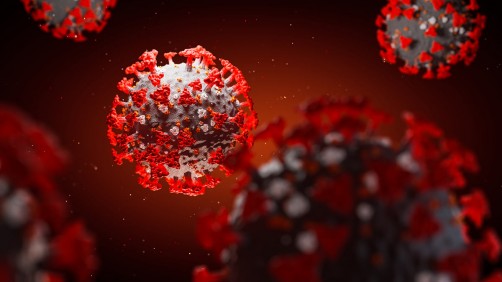Rubin, et al. (2020) sought to discover how the instantaneous reproduction number of severe acute respiratory syndrome coronavirus 2 (SARS-CoV-2) is associated with social distancing, wet-bulb temperature, and population density in counties across the United States.
In this cohort study of 211 counties in 46 states, social distancing, temperate weather, and lower population density were associated with a decrease in the instantaneous reproduction number of SARS-CoV-2. Of these county-specific factors, social distancing appeared to have the most substantial association with a reduction in SARS-CoV-2 transmission.
In this study, the instantaneous reproduction number of SARS-CoV-2 varied substantially among counties; the associations between the reproduction number and county-specific factors could inform policies to reduce SARS-CoV-2 transmission in selective and heterogeneous communities.
The 211 counties contained 178 892 208 of 326 289 971 US residents (54.8%). Median (interquartile range) population density was 1022.7 (471.2-1846.0) people per square mile. The mean (SD) peak reduction in visits to nonessential business between April 6 and April 19, as the country was sheltering in place, was 68.7% (7.9%). Median (interquartile range) daily wet-bulb temperatures were 7.5 (3.8-12.8) °C. Median (interquartile range) case incidence and fatality rates per 100 000 people were approximately 10 times higher for the top decile of densely populated counties (1185.2 [313.2-1891.2] cases; 43.7 [10.4-106.7] deaths) than for counties in the lowest density quartile (121.4 [87.8-175.4] cases; 4.2 [1.9-8.0] deaths). Mean (SD) Rt in the first 2 weeks was 5.7 (2.5) in the top decile compared with 3.1 (1.2) in the lowest quartile. In multivariable analysis, a 50% decrease in visits to nonessential businesses was associated with a 45% decrease in Rt (95% CI, 43%-49%). From a relative Rt at 0 °C of 2.13 (95% CI, 1.89-2.40), relative Rt decreased to a minimum as temperatures warmed to 11 °C, increased between 11 and 20 °C (1.61; 95% CI, 1.42-1.84) and then declined again at temperatures greater than 20 °C. With a 70% reduction in visits to nonessential business, 202 counties (95.7%) were estimated to fall below a threshold Rt of 1.0, including 17 of 21 counties (81.0%) in the top density decile and 52 of 53 counties (98.1%) in the lowest density quartile.2
In this cohort study, social distancing, lower population density, and temperate weather were associated with a decreased Rt for SARS-CoV-2 in counties across the United States. These associations could inform selective public policy planning in communities during the coronavirus disease 2019 pandemic.
Reference: Rubin D, et al. Association of Social Distancing, Population Density, and Temperature With the Instantaneous Reproduction Number of SARS-CoV-2 in Counties Across the United States. JAMA Netw Open. 2020;3(7):e2016099. doi:10.1001/jamanetworkopen.2020.16099

Be the first to comment on "Association of Social Distancing, Population Density, and Temperature With the Instantaneous Reproduction Number of SARS-CoV-2"